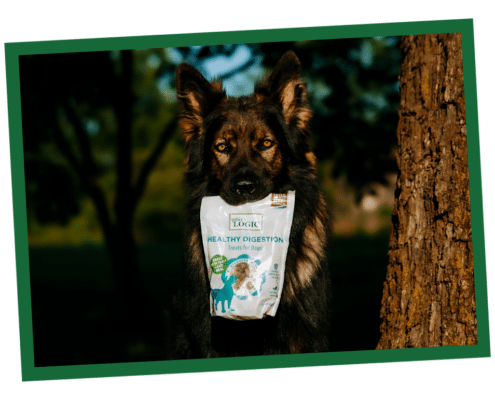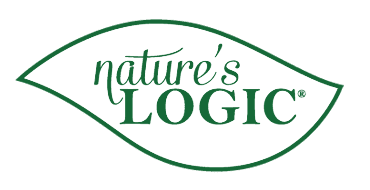A Guide to Healthy Dog Treats
In today’s world of mindful pet ownership, we understand the importance of providing our dogs with a healthy diet. But what about treats? Treats play an important role in dog lives, serving as rewards for good behavior and tools for training and bonding. This guide will help you choose treats that are both nutritious and enjoyable for your canine companion.
What are Healthy Treats for Dogs?
Healthy natural dog treats are made with all natural ingredients, no synthetics and don’t contain harmful additives or excessive amounts of unhealthy ingredients.
Benefits of All Natural Treats
All natural treats contain high quality ingredients in addition to some other benefits for your pup, including:
- No artificial ingredients: Natural and organic treats should not include any artificial flavors, colors, or preservatives because these ingredients don’t deliver nutritional value.
- More recognizable ingredients: These treats are often made with simple ingredients you would recognize such as fruits, vegetables, and high quality proteins.
- Potential for fewer allergies: Some dogs have allergies to certain ingredients like soy or corn. Natural and organic treats that are free of these ingredients may be a good option for dogs with allergies.
When possible, look to avoid the following when shopping for healthy treats for your pup:
- Corn syrup or added sugars
- Artificial colors or preservatives
- Excessive salt and sodium
Always check the ingredient list on dog treat packaging and opt for treats made with high quality, natural ingredients that are appropriate for your dog.
Nature’s Logic has you covered with a variety of nutritious dog treats and healthy chews. We also have unique options, like beef trachea, beef lung, and more! These are all natural treat options with limited ingredients that come from USDA Prime Beef.
Choosing the Right Treats
When selecting healthy treats for your dog, it’s helpful to know what to look for, understand different types of treats available, and how to control and moderate portions for your pup.
What to look for in dog treats:
- Whole Protein Chews: Protein is essential for dogs, so opt for chews treats that contain high quality sources of protein like beef or chicken. Hind shank and extra meaty shin bones are some of our favorite canine chews.
- Biscuits with Benefits: Some dog treats contain natural ingredients that offer health benefits for your pup.
- Fruits and vegetables: Fruits and vegetables are a good source of vitamins, minerals, and antioxidants.
- Limited, recognizable ingredients: Choosing dog treats with limited and recognizable ingredients can promote nutritional transparency and support control over diet.
Types of Dog Treats:
There are many different types of dog treats that can be used for a range of things from training and bonding to relaxation and mental stimulation.
- Training Treats: Treats are often used as positive reinforcement during training sessions. Dogs are typically very motivated by food, and offering treats as rewards for desired behaviors helps reinforce those behaviors and encourages learning. These are often small, low in calories, and easily digestible. If you’re looking to keep your dog’s calories in check during training sessions, you can also use pieces of their kibble as training treats.
- Chewing Treats: Chews can help to clean your dog’s teeth and keep them occupied. However, it is important to choose chews that are the right size for your dog to prevent them from breaking off and becoming a choking hazard. Some good options include beef pizzle, tendons, and jerky.
- Frozen Treats: Frozen treats are a great option for teething dogs or keeping your pet cool in hot weather. Here are some of our favorite frozen dog treat recipes that you can make at home.
- Special Benefits: Some treats are formulated to provide additional nutritional benefits that can support skin & coat care, promote healthy digestion, or provide calming support.
Be sure to supervise your pup when chewing bones or any other treat that could be a potential choking hazard.
Portion control & moderation
Here are some additional things to keep in mind when choosing treats for your dog:
- Size and age: Choose treats that are appropriate for your dog’s size and age. Large treats can be a choking hazard for small dogs, and hard treats may be difficult for older dogs to chew.
- Calories: Treats should not make up more than 10% of your dog’s daily diet. Be mindful of the calorie content of treats and how that plays into your pup’s daily calorie intake.
- Moderation: Limit the number of treats your dog eats each day. Consider using pieces of cut, raw carrots as lower calorie treats if you’re training or treating your pup frequently.
- Monitor your dog: Be sure to supervise your dog when they are eating treats and always have fresh water available.
Healthy Natural Dog Treats
Natural dog treats can be a powerful tool for strengthening the emotional bond between you and your furry friend. By taking the time to select nutritious and delicious treats, you can make treat time a positive and memorable experience for both of you.









